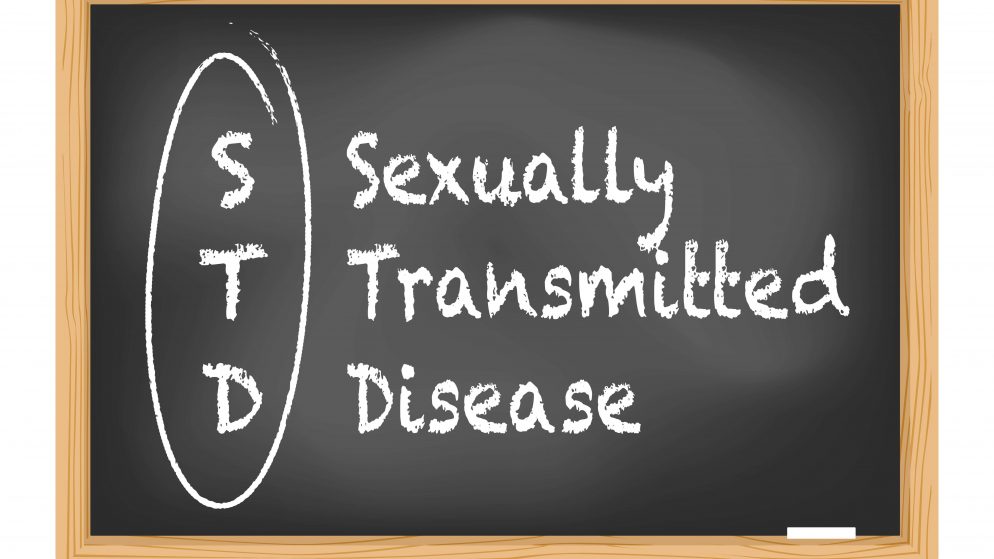



Get new exclusive access to healthcare business reports & breaking news




Do you have worries about your sexual health? You’re not the only one. Millions worldwide are concerned about their chances of getting a sexually transmitted infection (STI).
In fact, according to a recent study by the Centers for Disease Control and Prevention (CDC), one out of five people in the United States has an STI, amounting to 68 million people infected in 2018. What makes matters worse is that many STIs have no or very nonspecific symptoms, making them hard to notice.
If untreated, STIs can lead to severe health problems, including cancer and infertility. Testing yourself is the only way to know if you have an infection. With this article, you’ll learn everything you need to know before taking an STI test and after receiving your results.
Regarding STI testing, a few simple steps should be taken. First and foremost, you’ll need to visit your doctor or a local STI testing lab like Lux Diagnostics to get tested. They will ask questions about potential symptoms and provide information on which tests they recommend.
Once the test is completed, results usually take anywhere from one day to two weeks, depending on the test type. It’s essential to stay informed throughout this process, as some clinics offer online portals where patients can check their results with secure access codes.
Alternatively, many clinics also call or email if something abnormal is detected during testing.
There are a variety of STIs that can be contracted through sexual contact. Here is a simple list of common STIs with the type of test needed to verify the infection:
Chlamydia and gonorrhea are two of the most commonly reported STI. These bacterial STIs can cause various symptoms, from mild to severe. It’s vital to get tested for chlamydia and gonorrhea as soon as possible if you think you have an infection since antibiotics can be easily treated.
Both men and women should consider getting screened for these STIs every year or more often, depending on their sexual activity.
Testing for both chlamydia and gonorrhea is usually done through urine sample testing or swabbing the urethra in males or cervix in females. Results typically come back within 7-10 days after submission. Follow up with your healthcare provider after any positive test results so that you can begin treatment immediately.
Syphilis is an STI caused by a bacterium called ‘Treponema pallidum’. It has three stages: primary, secondary, and latent. Primary syphilis involves sores that appear on or around the genitals or mouth. Secondary syphilis produces skin rashes and swollen lymph nodes.
Latent syphilis occurs after all symptoms have disappeared but can still be contagious if left untreated. Testing for syphilis includes an exam for signs of infection and a blood test to check for antibodies against the bacteria. Treatment usually involves antibiotics, such as penicillin or doxycycline, taken for 10-14 days.
Left untreated, it can cause serious health problems like heart disease and blindness, so getting tested regularly is crucial to prevent long-term damage. With effective treatment, people with syphilis can fully recover without any lasting effects.
Genital herpes is an STI caused by the herpes simplex virus (HSV). It can cause symptoms such as painful blisters or sores in the genital area. You’ll also feel burning, itching, or tingling sensations in the affected area. The best way to diagnose genital herpes is with an STI test that looks for HSV DNA.
If you’re worried about contracting this type of STI, get tested for treatment if necessary. Treatment options include antiviral medications and topical ointments.
A severe and potentially life-threatening sexually transmitted infection, HIV/AIDS is caused by the human immunodeficiency virus (HIV). HIV attacks the body’s immune system, making it harder for the body to fend off viruses. If left untreated, it can progress to AIDS, an advanced HIV infection with severe symptoms that cannot be cured.
Testing for HIV/AIDS involves taking either a blood test or a saliva sample. The results of these tests will determine whether someone has been infected. Treatment options are available if a person tests positive for HIV/AIDS. These include antiretroviral therapy (ART), which helps control the virus to slow its progression and prevent further damage to the immune system.
Remember that early detection and treatment of HIV/AIDS are critical in managing this condition and preventing its progression into AIDS. To ensure you remain healthy, get tested regularly for all STIs, including HIV/AIDS.
Aside from taking tests regularly, practice safe sex. With proper screening and treatment, you can protect yourself against the various types of STIs and many other potentially serious health problems related to STIs.
After the test is complete, you need to understand how to interpret your results. If you’ve tested positive for an STI, numerous resources are available to help treat and manage symptoms. Your doctor can provide information about medications or lifestyle changes that may be necessary for managing any infection.
If you receive a negative result on your test, you still need to practice safe sex behaviors, such as using condoms and getting screening tests regularly. Even if you don’t have an active infection at the time of testing, you could acquire one in the future from sexual contact.
If you test positive for a sexually transmitted infection, talk to your doctor or healthcare provider about the best treatment option.
Depending on what type of STI you have, various medications are available to treat symptoms and help prevent the further spread of the infection. Some common treatments may include antibiotics, antivirals, antifungal drugs, topical creams, or vaccinations.
You should get retested as well after completing any recommended treatment. This will ensure that the infection has been cleared from your system and that the new round of medications effectively treats it. Moreover, follow-up testing allows your healthcare provider to monitor your progress over time.
Keep in mind that STI testing is essential to maintain good sexual health. It can help identify potential issues before they become more severe. If you receive an STI-positive result, don’t lose hope. Your healthcare provider will work with you to ensure you receive the best care possible.
Taking preventative measures, such as getting tested regularly, can go a long way toward protecting yourself from future infections or illnesses.